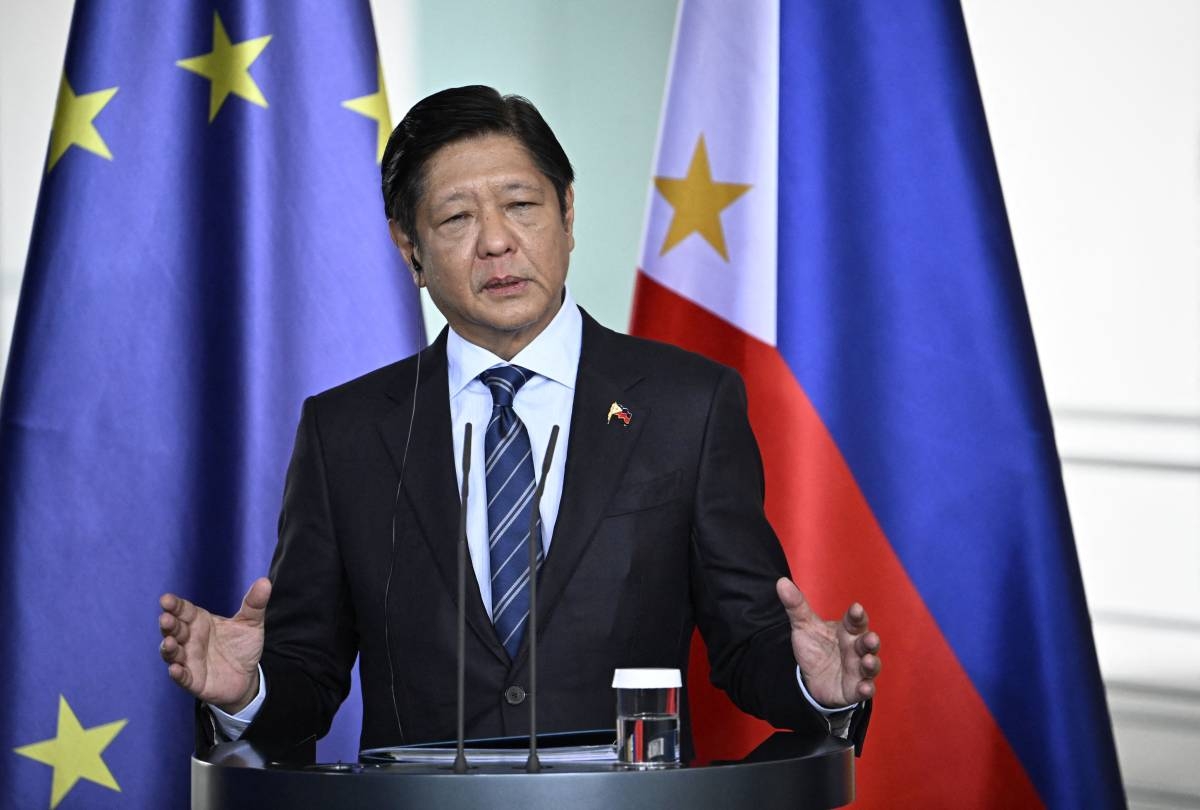Philippines’ Position on China’s Proposals in the South China Sea Dispute
During a joint press conference with German Chancellor Olaf Scholz at The Chancellery in Berlin, President Ferdinand Marcos Jr. addressed the Philippines’ stance on China’s proposals to normalize the situation in the disputed areas of the South China Sea. While the Philippines did not outright reject China’s proposals, President Marcos emphasized that there were concerns regarding the premise put forth by China.
One of the key issues that the Philippines raised was China’s 10-dash line map of the South China Sea, which includes the West Philippine Sea as part of its territory. President Marcos reiterated that the Philippines rejects this map and does not recognize it as a valid basis for territorial claims. He highlighted that no country or international body acknowledges the 10-dash line as legitimate, including the Philippines.
President Marcos emphasized that the Philippines’ baselines have been well-established for years, and the country has an established economic zone that China has already intruded upon. The premise put forth by China, which includes the 10-dash line, creates significant challenges in finding a way forward in the discussions between the Philippines and China.
The Questionable Premise of China’s Territory Claims
The premise put forth by China, which asserts its territorial claims based on the 10-dash line map, raises concerns for the Philippines. President Marcos highlighted that this premise is not recognized by any country or international body. By questioning this premise, the Philippines seeks to assert its own well-established baselines and territorial rights in the South China Sea.
China’s 10-dash line map extends its territorial claims far beyond what is internationally recognized. The map encompasses vast areas of the South China Sea, including the West Philippine Sea, which is an area of significant interest and concern for the Philippines. By rejecting this map, the Philippines aims to protect its own territorial integrity and the rights of its people.
President Marcos emphasized that the Philippines’ rejection of the 10-dash line map does not equate to a rejection of all proposals made by China. The Philippines remains open to discussions and negotiations to normalize the situation in the disputed areas of the South China Sea. However, any way forward must be based on a premise that aligns with international law and the well-established baselines of the Philippines.
The Way Forward: Seeking a Resolution in the South China Sea Dispute
The South China Sea dispute remains a complex and sensitive issue, with multiple countries having overlapping territorial claims. The Philippines, along with other countries in the region, continues to seek a peaceful and diplomatic resolution to the dispute.
President Marcos reiterated the importance of upholding international law and respecting the rights of all nations involved. He emphasized the need for a premise that aligns with established baselines and recognized principles of international law. By doing so, the Philippines aims to create a foundation for discussions and negotiations that can lead to a mutually beneficial resolution.
It is crucial for all parties involved to engage in constructive dialogue and find common ground to address the concerns and interests of each nation. The Philippines remains committed to upholding its territorial integrity while working towards a peaceful resolution that promotes stability and cooperation in the South China Sea.
In conclusion, President Marcos clarified the Philippines’ position on China’s proposals in the South China Sea dispute. While the Philippines did not reject China’s proposals outright, there are concerns regarding the premise put forth by China, particularly the 10-dash line map. The Philippines rejects this map and emphasizes the need for a premise that aligns with international law and the country’s well-established baselines. The Philippines remains committed to seeking a peaceful and diplomatic resolution to the South China Sea dispute, based on mutual respect, dialogue, and adherence to international law.







